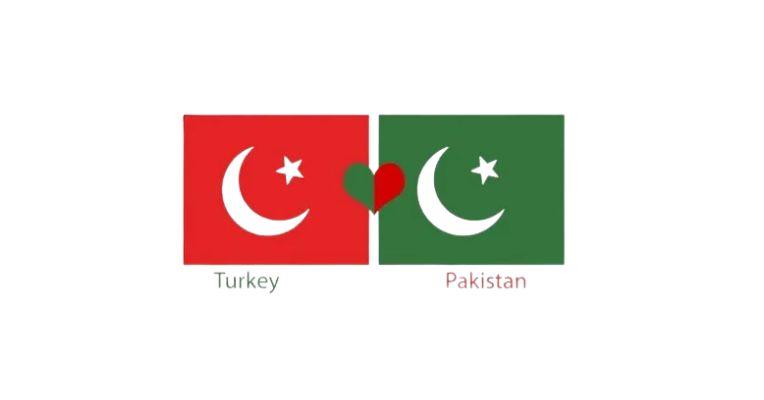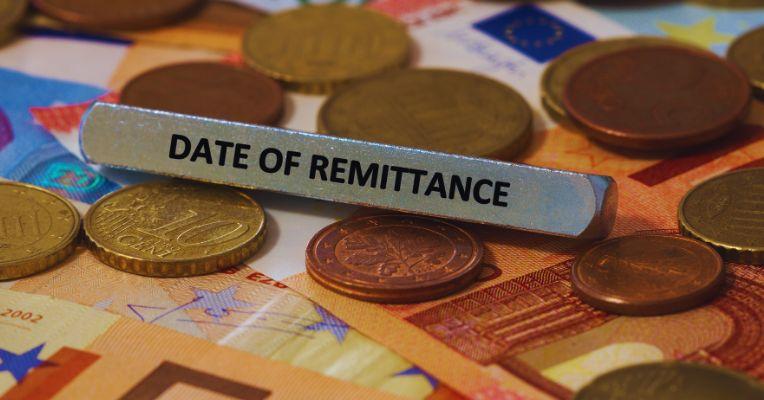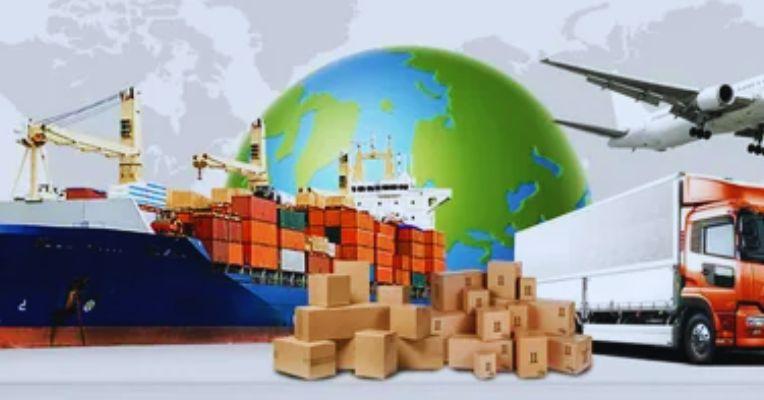In the first six months of the fiscal year 2024 (July-December), Pakistan state-owned enterprises (SOEs) faced staggering financial losses, amounting to Rs408 billion. This alarming figure brings the total accumulated losses of SOEs since 2014 to a massive Rs5.9 trillion by December 2024. These losses are a reflection of deep-rooted inefficiencies and financial challenges faced by SOEs, which play a significant role in Pakistan economy.
Breakdown of Losses Across Major SOEs
The losses are spread across several key sectors, with the National Highways Authority (NHA) suffering the largest loss of Rs151.3 billion. Other major loss-makers include:
| SOE | Loss (Rs Billion) |
|---|---|
| National Highways Authority (NHA) | 151.3 |
| QESCO | 56.2 |
| Pakistan International Airlines (PIA) | 51.7 |
| PESCO | 39.0 |
| Pakistan Railways | 23.6 |
| SEPCO | 20.9 |
| Pakistan Steel Mills | 14.4 |
| IESCO | 12.1 |
These losses reflect poor financial management, inefficiencies, and a lack of modernization within these SOEs.
Government Support to SOEs
To support these loss-making entities, the Government of Pakistan provided financial assistance totaling Rs436 billion during this period. This assistance was in the form of:
- Grants: Rs120 billion
- Subsidies: Rs231 billion
- Loans: Rs85 billion
Despite this, no equity injections were made into the SOEs, highlighting the lack of long-term solutions and sustainable funding.
Profitable SOEs and Their Contributions
While many SOEs are struggling, some have shown profitability. The top 15 profit-making entities include:
| SOE | Profit (Rs Billion) |
|---|---|
| OGDCL | 123.2 |
| PPL | 68.7 |
| National Power Parks Management | 36.2 |
| PARCO | 35.0 |
| Government Holdings (Private) Limited | 32.5 |
These profitable SOEs contribute positively to the economy, but overall financial performance remains mixed due to the struggles of other entities.
Circular Debt and Liquidity Issues
A significant issue contributing to the losses in the power sector is circular debt. This refers to the growing unpaid debts within the supply chain, primarily affecting power distribution companies (Discos). In total, the circular debt stood at Rs3,447 billion by December 2023. This massive debt burden is a major challenge for the government and SOEs, impacting liquidity and financial health.
Challenges in the Power Sector
The power sector has faced severe transmission and distribution losses, which have further worsened the financial conditions of Discos. These companies are losing around 10-15% of the electricity they purchase, mainly due to inefficiencies, theft, and poor management. The financial impact of this is enormous, with losses amounting to Rs140 billion in just six months.
| SOE | Loss Due to Electricity Losses (Rs Billion) |
|---|---|
| Discos (Average) | 140 |
These losses place additional pressure on the already fragile financial situation of the SOEs.
Financial Performance and Future Outlook
Despite the losses, the gross revenues of SOEs increased by 15%, totaling Rs7,011 billion. However, the overall financial health remains concerning due to the negative Return on Equity (ROE) and Return on Invested Capital (ROIC). The Economic Value Added (EVA) of the SOE portfolio stood at – Rs2,400 billion, showing that the SOEs are struggling to generate returns that exceed their cost of capital.
The Way Forward: Need for Reforms
The government must focus on strategic interventions such as:
- Cost control to reduce inefficiencies.
- Debt restructuring to manage liabilities better.
- Operational efficiency improvements to reduce losses and improve service delivery.
Additionally, addressing the issue of circular debt, modernizing SOEs, and increasing private sector collaboration are crucial steps for long-term growth and sustainability.
Summary
Pakistan state-owned enterprises are facing a severe financial crisis, as demonstrated by the Rs408 billion in losses during the first half of fiscal year 2024. While some SOEs remain profitable, widespread inefficiencies and poor financial management across others are draining resources. The government’s fiscal support has been essential, but without long-term reforms and better management, these losses are likely to continue. Addressing the circular debt issue, improving operational efficiencies, and encouraging private-sector involvement will be key to stabilizing the SOE sector and ensuring its sustainable future.





